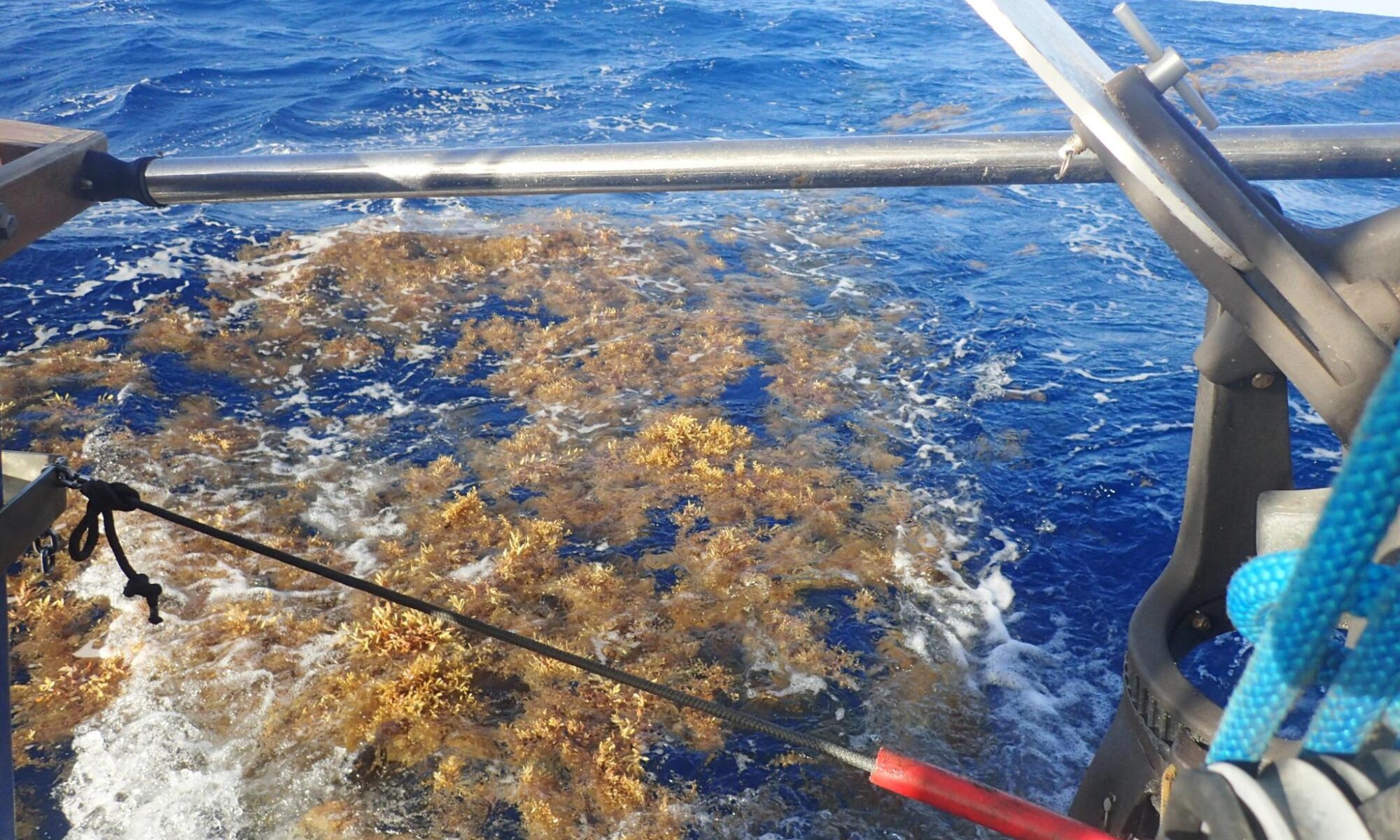During our trip, we saw lots of weed in the ocean. We did some research and quickly found the answer: it is Sargassum weed and it has been b(l)ooming since 2011. Columbus already wrote about the Sargasso Sea, as a strange local phenomenon. However, the massive growth we see now, could have rather scary consequences.
What did we see?
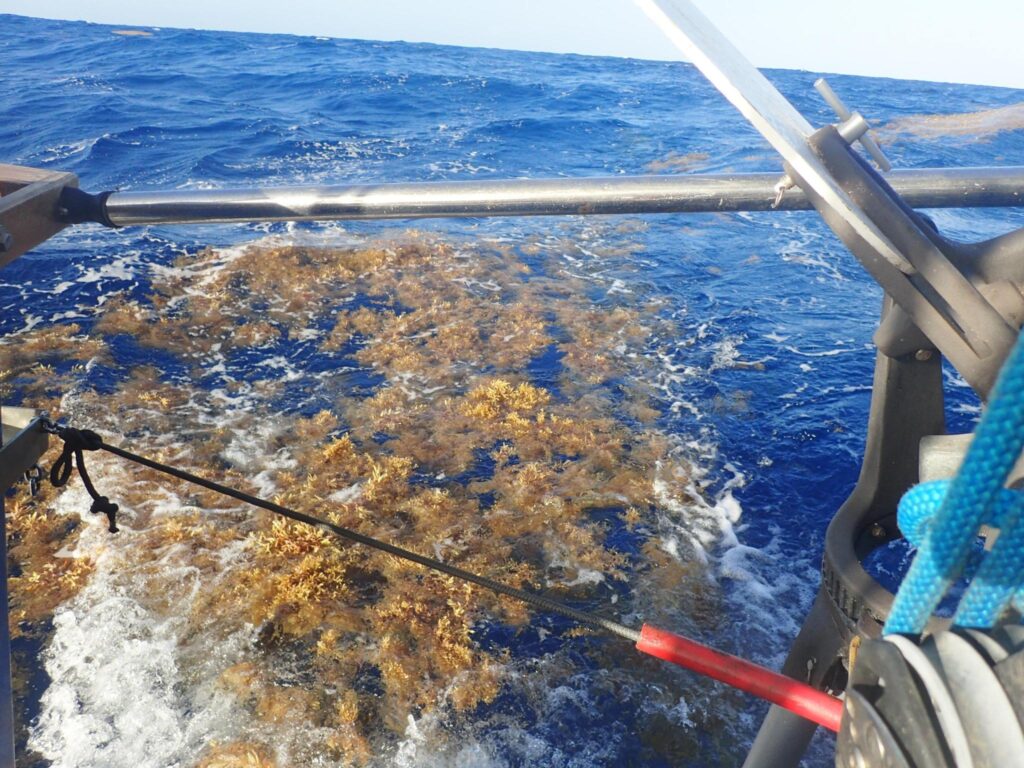
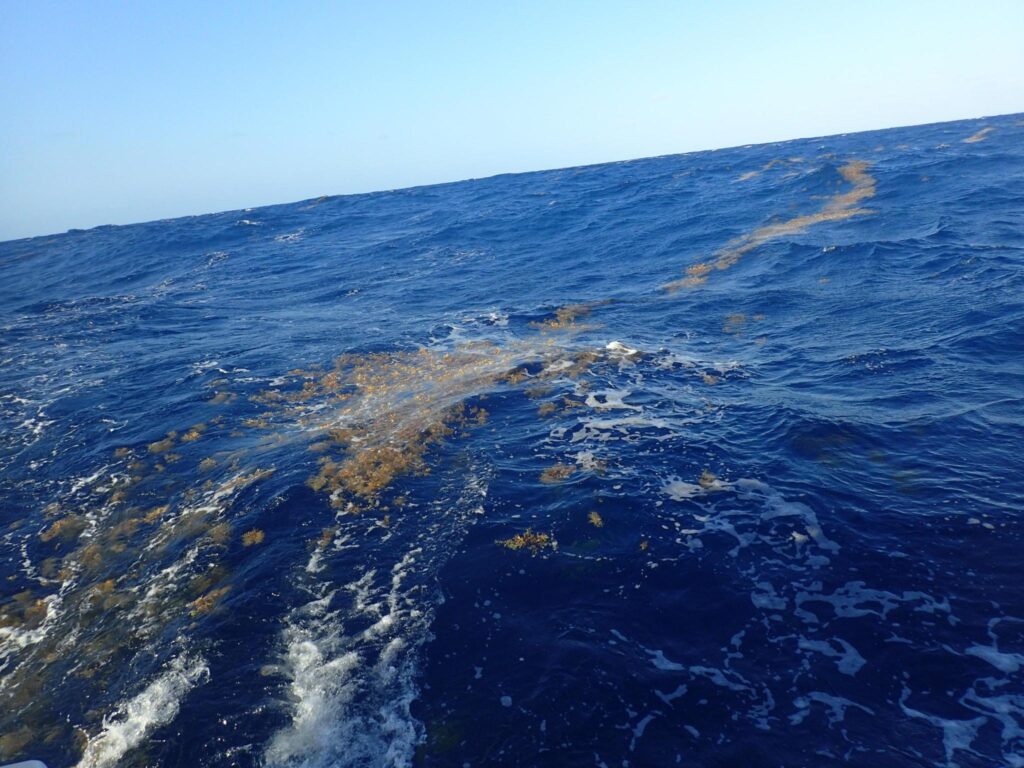
We took some weed to see what it looked like from nearby, and then used the microscope we use for the GOES project.

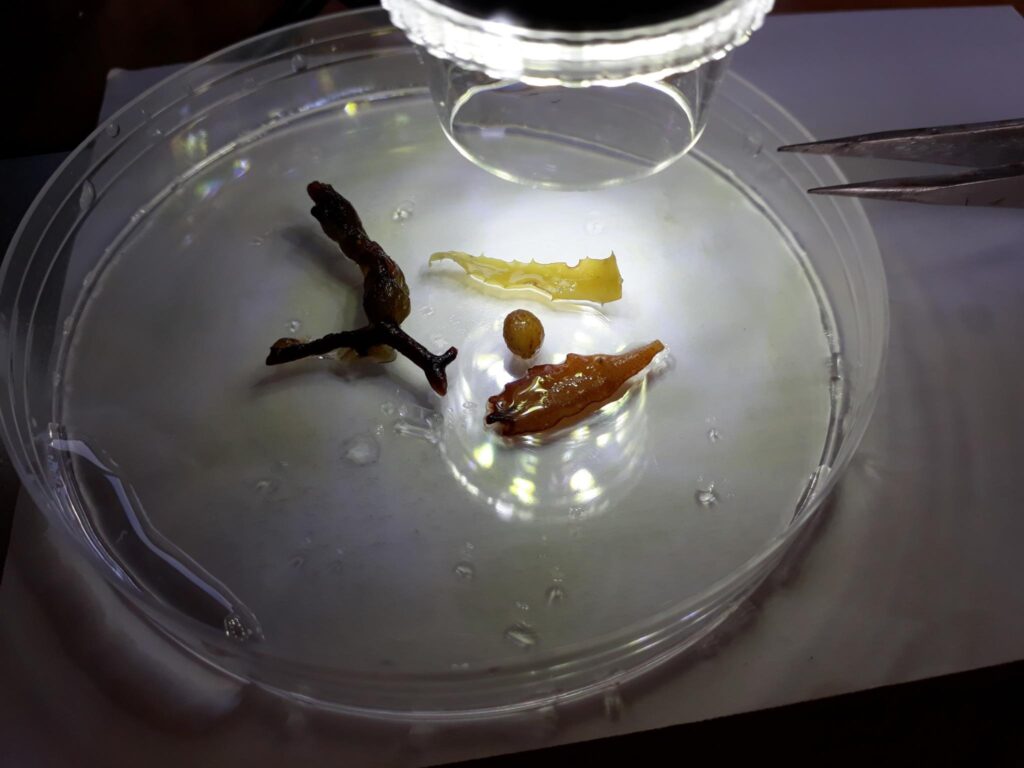

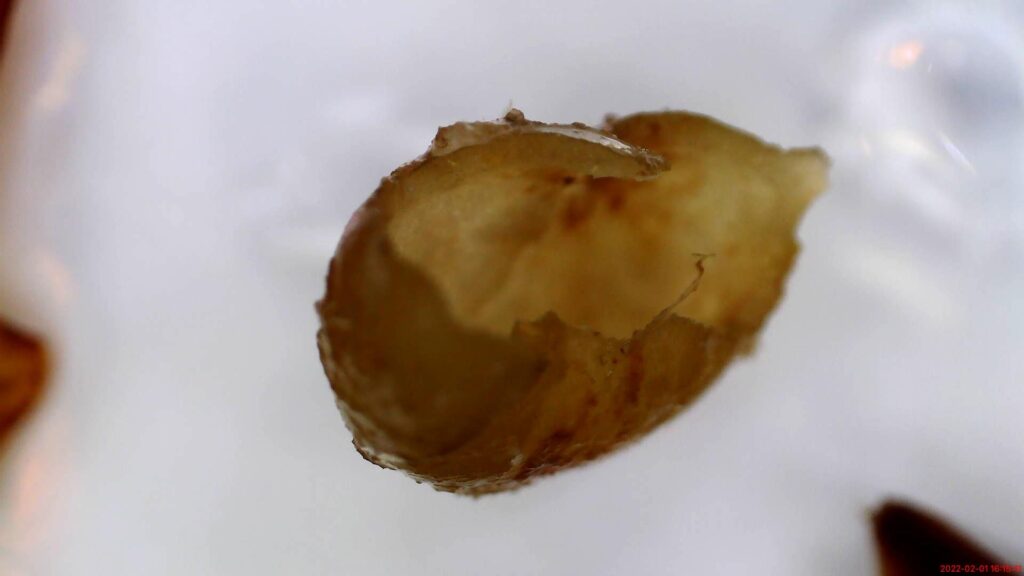
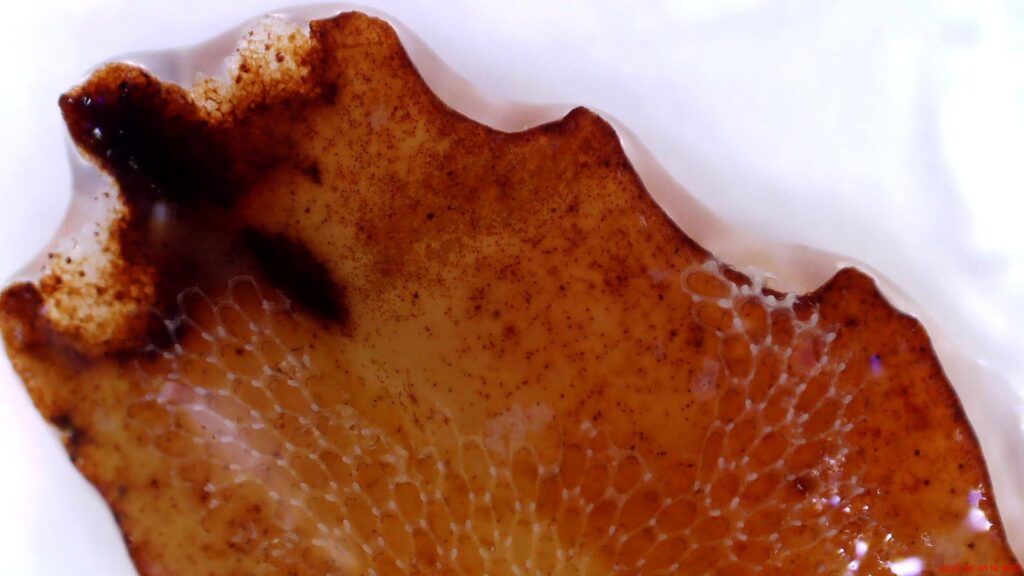
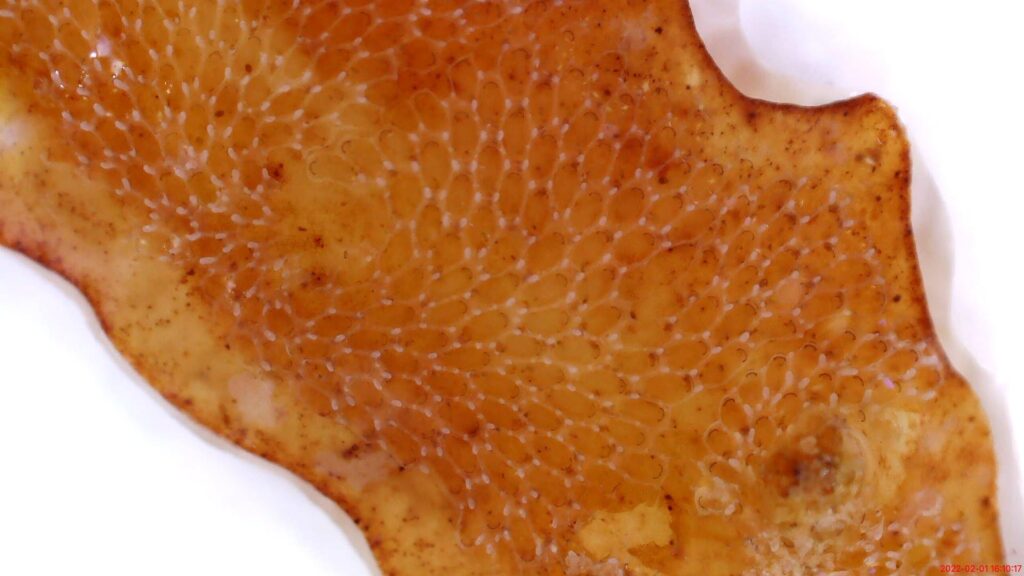
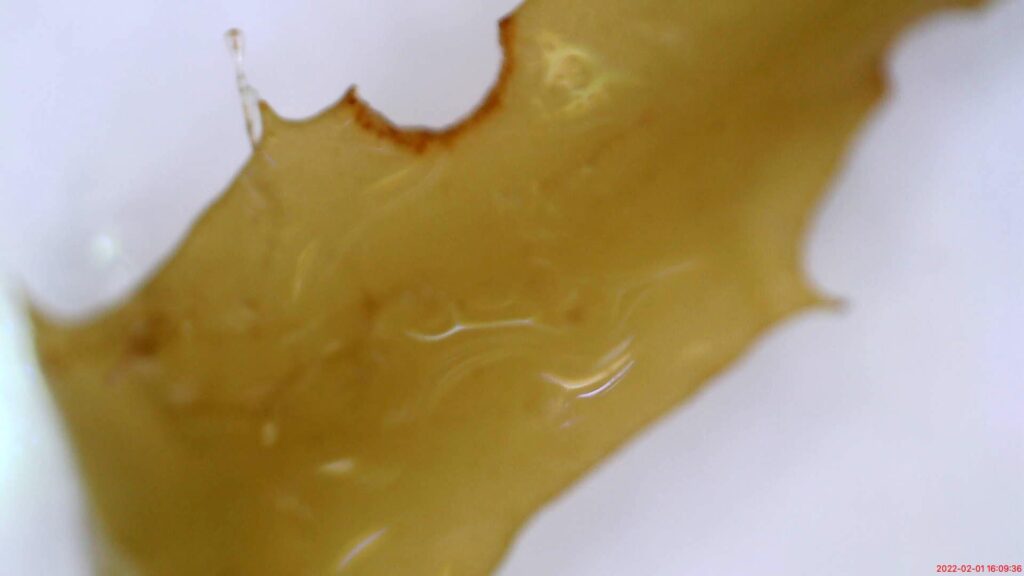
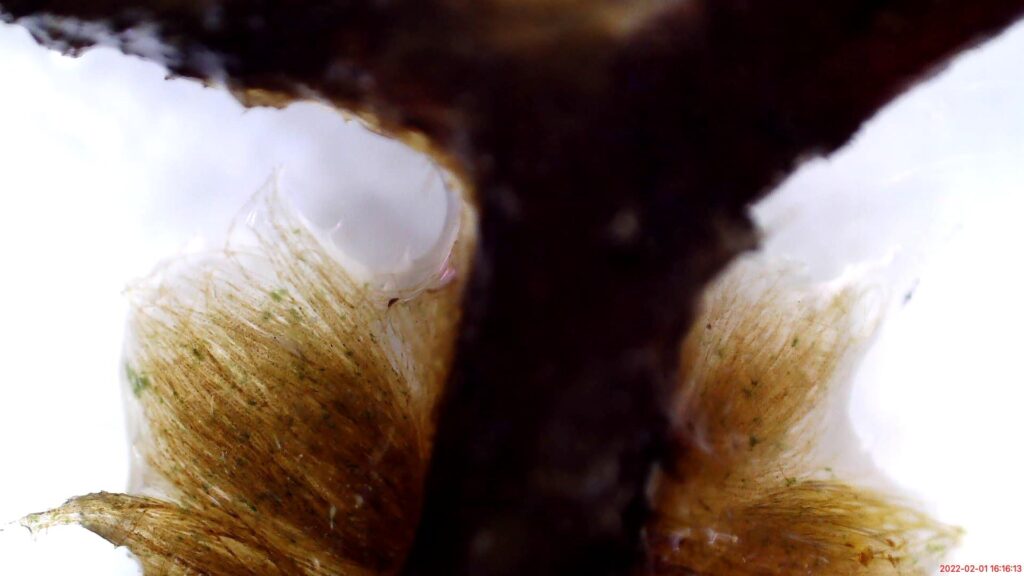
On some of the weed, you can see small black dots, mainly in the ‘hair’ of the weed. These could be plants or plastics.
Our first conclusion was that there might be plants as well as plastics in the ‘hairs’ of the weed. But this is up to biologists.
Is this weed really that much?
The growth of the weed has been documented and studied over the last 10 years.
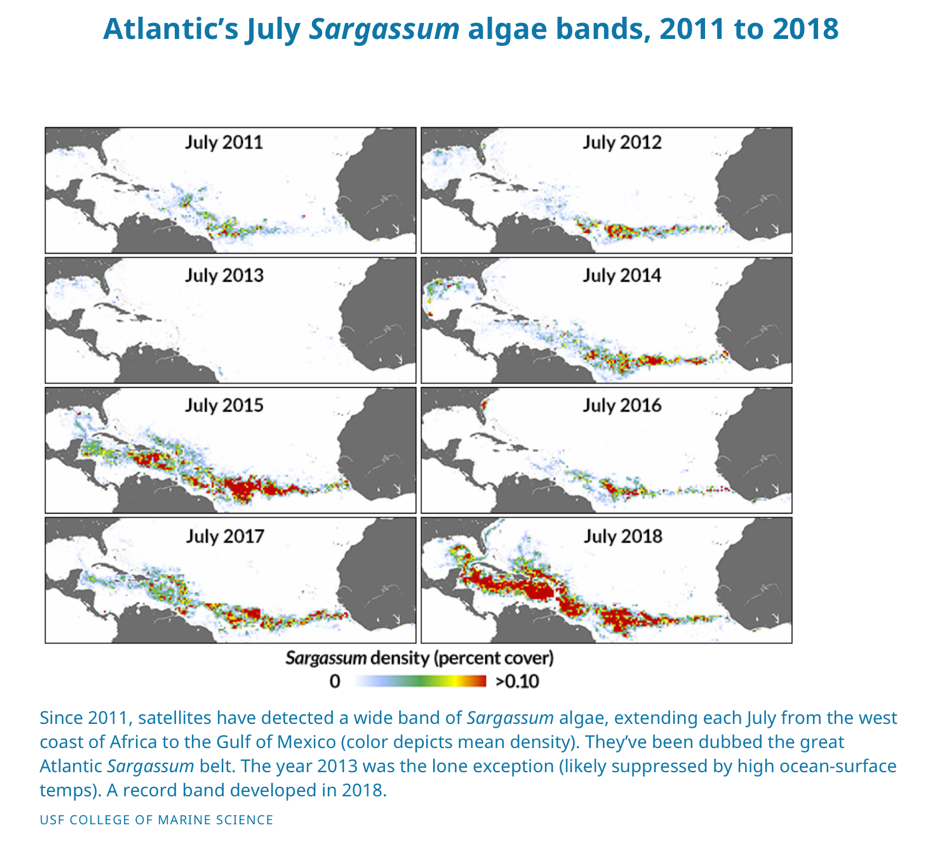
In 2018 the weed stretched 8850 km in the Atlantic. It weighed 22.000.000.000 kg, the equivalent of 1,5 million middle class cars. and is more than 4 times the pyramid of Giza in Egypt. And it has not gotten much less in recent years.
Why does the weed grow so fast?
The most likely cause is climate change. The Sahara dries and grows, and the dust clouds spreading at sea are rich in nutrients. Climate change also leads to the upwelling of nutrients from deep ocean waters at the other end of the sargassum belt in West Africa. Also, fertilizer flows into the Amazon River and the Mississippi River and then to the ocean. The fertilizer comes from industrial-scale agriculture (corn, soja) and (meat) ranches.

Is it good or bad?
The Sargasso sea, that gave the weed its name, is a nursery for marine life. The weed shelters plankton, eel, fish and turtles. But the huge growth in the last decade keeps the sunlight away from marine life and that is a real threat. This is because it can result in low oxygen levels and create hydrogen sulphide, potentially causing the death of marine life (Pfaff 2015).
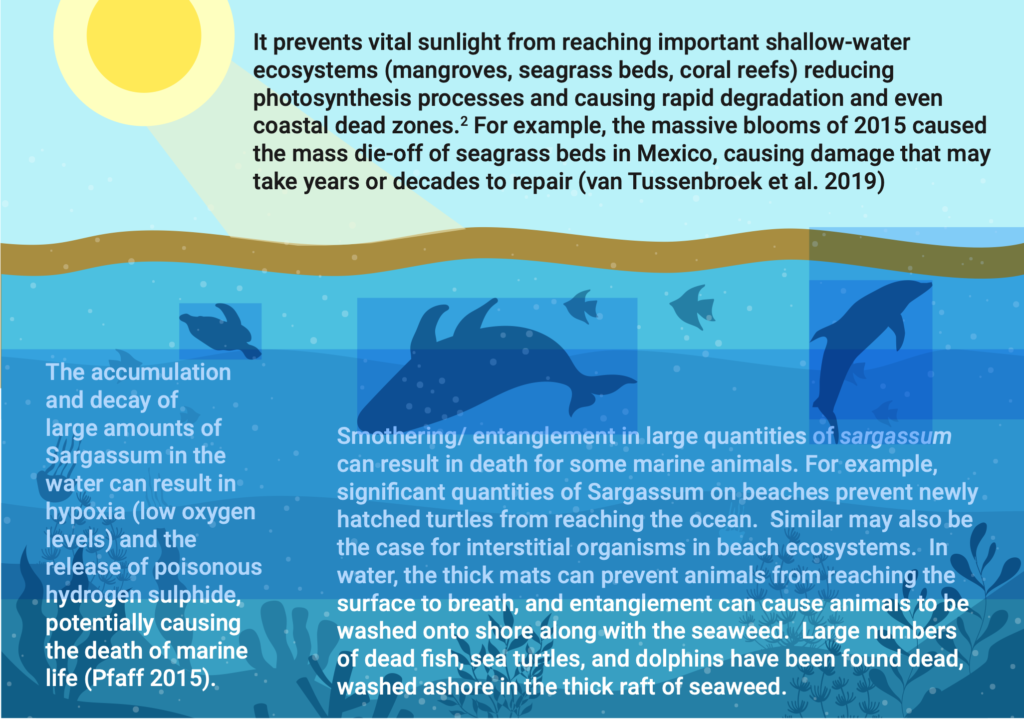
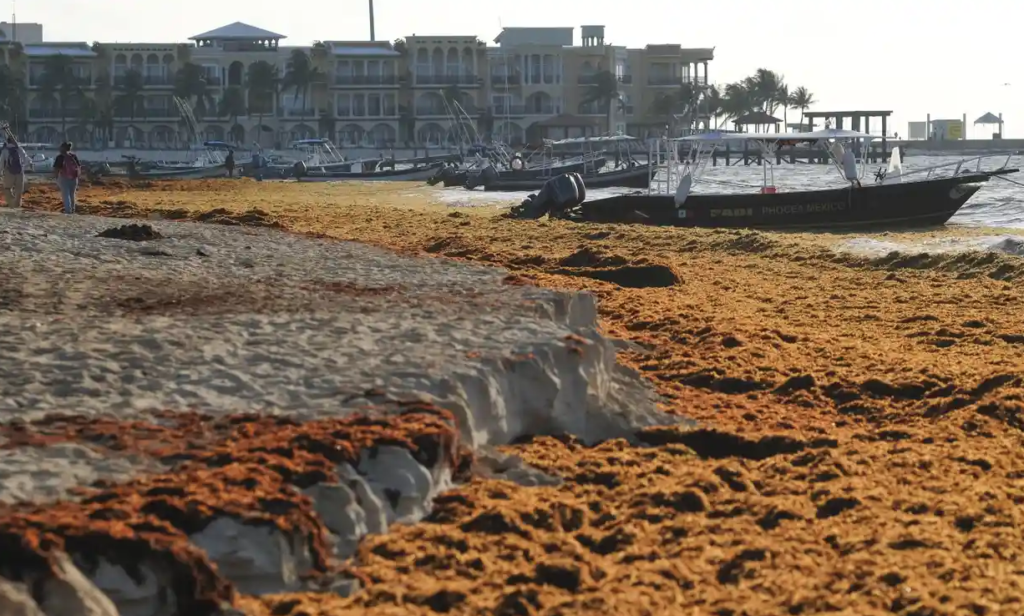
Also, some of the weed ends up on the beaches of the Caribbean isles and Mexico. Ecologically this is a tiny bit, but the impact for us humans is big.
To a solution
The scale is so big, that Mexico deployed the Mexican navy to clean it up from the beautiful white beaches. But, the commanding officer admits that it is hopeless work.
Some communities plow the seaweed under the sand. But you can do it once or twice and then the white beach becomes more and more brownish soil.
An engineering company made a ‘Sargassum Seaweed Barrier’ before the beach. It works in normal weather circumstances. But they don’t know what to do with the Sargassum that is caught.
On small scale, people collect it, wash off the salt with (scarce) fresh water and convert it to natural fertilizer. In Mexico some entrepreneurs compress this into bricks and use it, like adobe, for building construction. Problem is that the scale is way to big. Even on a large scale, it would not solve even 0,000001 % of the problem.
Solution from 5 miles to 5000 miles.
All solutions have in common that they don’t look further than the horizon of the coast. Let us say: 5 miles. But the problem is a wide belt about five thousand miles, on a complete ocean as a matter of fact. These solutions are symptom-fighting. In no solution the ecological impact is addressed, neither of the solution, nor of the other 4995 miles. Nobody seems to know if this massive growth will continue, or if it is just a temporary reaction in the eco system. Even the UN Environmental Programme’s white paper focuses only on the solutions for the surplus of weed, because they are not sure if there is anything that can be done about the cause.
The only solution that addresses the scale is the prevention of the entire problem. Prevention is nearly always the cheapest solution and has the guarantee of zero new side effects. This means that we have to address climate change and nitrogen emissions from human activities in the first place. Yes, this is a look in the mirror, and yes, that can hurt. But the solution, living fossil free, will deliver a better life for you, for the next generations and for the rest of the world. That is sustainable.
Impossible? We live fossil free on “Ya”. Join us. We all can save a bit of the world for our children.

